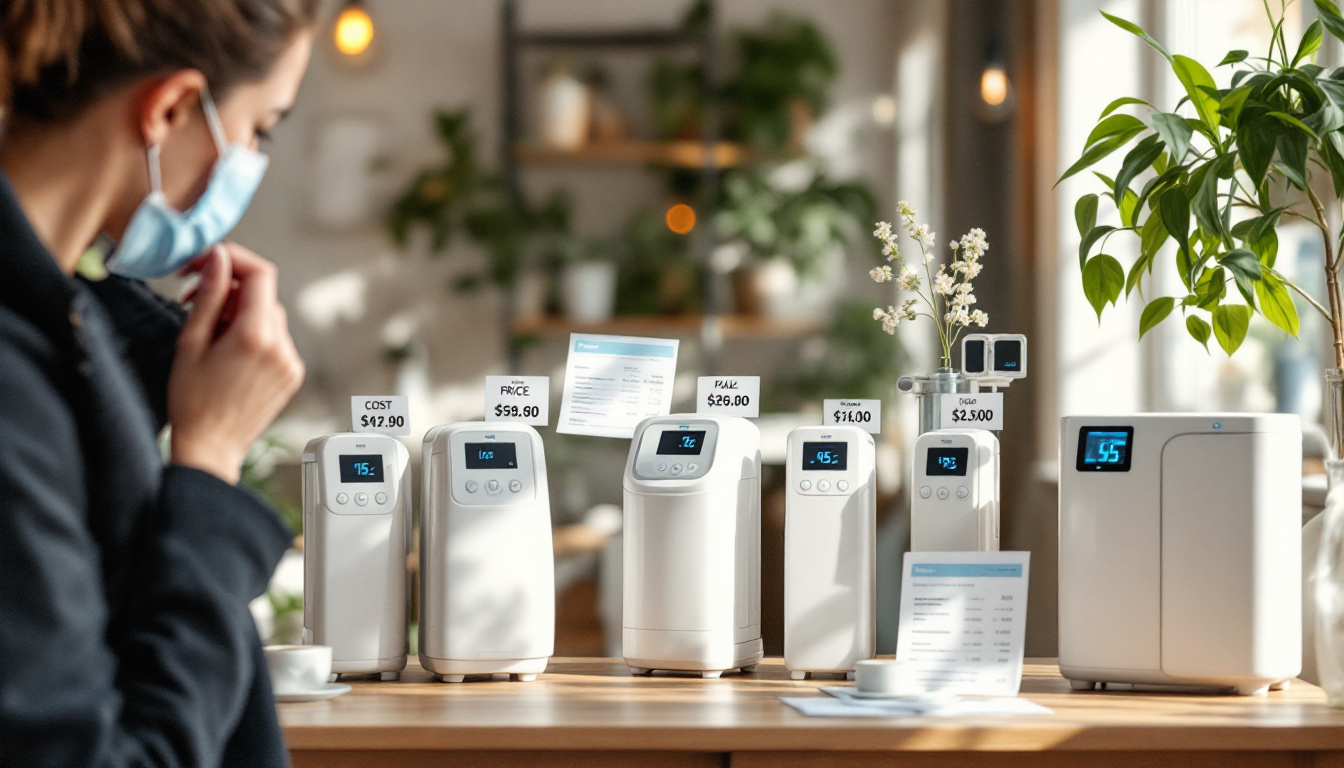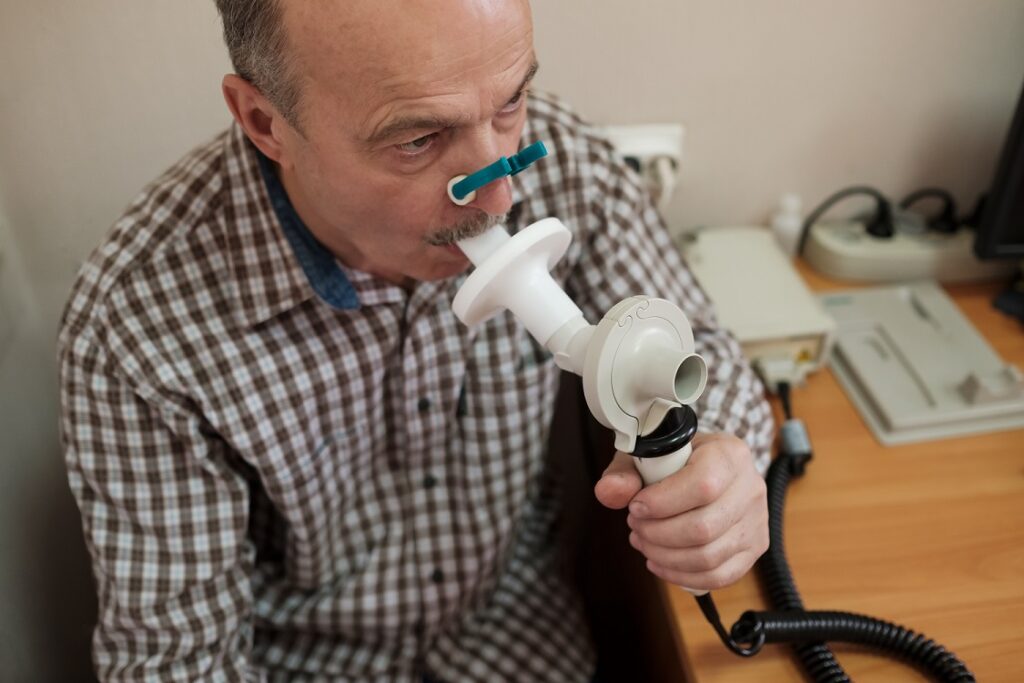In recent years, the demand for oxygen machines has surged, driven by an increasing awareness of respiratory conditions and the need for supplemental oxygen. Whether due to chronic obstructive pulmonary disease (COPD), asthma, or other respiratory ailments, many individuals find themselves in need of a reliable oxygen source. However, with a plethora of options available, choosing the right oxygen machine can be a daunting task. This article aims to guide you through the various types of oxygen machines, their features, and how to select the one that best suits your needs.
Understanding Oxygen Machines
Oxygen machines, also known as oxygen concentrators, are devices that provide a steady flow of oxygen to individuals who require additional oxygen for their health. Unlike traditional oxygen tanks, which store oxygen gas, these machines extract oxygen from the surrounding air and concentrate it for therapeutic use. There are two primary types of oxygen machines: portable and stationary. Understanding the differences between these types is crucial for making an informed decision.
Choosing the right oxygen machine is a critical decision that can significantly impact the quality of life for individuals requiring supplemental oxygen. By understanding the different types of machines, their features, and the associated costs, individuals can make informed choices that best suit their needs.
Portable Oxygen Concentrators
Portable oxygen concentrators (POCs) are designed for individuals who lead an active lifestyle and require oxygen therapy on the go. These devices are lightweight, compact, and battery-operated, allowing users to move freely without being tethered to a wall outlet. Many POCs also feature pulse dose delivery systems, which release oxygen only when the user inhales, conserving battery life and providing a more efficient flow of oxygen.
When considering a portable option, it is essential to evaluate the battery life, weight, and ease of use. Some models offer extended battery life, while others may require frequent recharging, which could be a significant factor for users who travel frequently. Additionally, many POCs are designed with user-friendly interfaces, often including clear displays that indicate battery status and oxygen flow settings. This can be particularly beneficial for elderly users or those who may not be as tech-savvy, ensuring that they can operate the device with confidence and ease.

Stationary Oxygen Concentrators
Stationary oxygen concentrators are typically larger and designed for home use. These machines are plugged into a power source and can deliver a continuous flow of oxygen, making them suitable for individuals who require higher oxygen levels for extended periods. They often come with additional features, such as adjustable flow settings and built-in humidifiers, which can enhance the comfort of oxygen therapy.
While stationary concentrators are not as portable as their counterparts, they tend to have a higher output and are generally more cost-effective for long-term use. Users should consider the space available at home and the noise level of the machine, as some models can be quite loud during operation. Furthermore, many stationary units are equipped with advanced filtration systems that help to ensure the purity of the oxygen being delivered, which is particularly important for individuals with respiratory conditions. Regular maintenance, such as cleaning filters and checking for wear, is also essential to keep these machines functioning optimally and to prolong their lifespan, ensuring that users receive consistent and reliable oxygen therapy.
Key Features to Consider
When selecting an oxygen machine, several key features should be taken into account to ensure the device meets your specific needs. Understanding these features can help streamline the decision-making process and lead to a more satisfactory purchase.
Flow Rate
The flow rate of an oxygen machine refers to the amount of oxygen delivered per minute, typically measured in litres per minute (LPM). Different individuals require varying flow rates based on their medical conditions and oxygen saturation levels. It is crucial to consult with a healthcare professional to determine the appropriate flow rate for your needs.
Most portable concentrators offer flow rates ranging from 1 to 5 LPM, while stationary models may provide higher rates. Ensure that the chosen machine can deliver the necessary flow rate consistently to avoid any health complications. Additionally, some advanced models feature pulse dose delivery systems, which provide oxygen only during inhalation, potentially increasing battery life and comfort for the user. This feature can be particularly beneficial for those who are active and require a portable solution.
Noise Level
Noise level is another important consideration, especially for home use. Some oxygen machines can be quite noisy, which may be disruptive to daily activities or sleep. Look for models that advertise a low decibel rating, as these are likely to provide a quieter operation.
Reading customer reviews can also provide insight into the noise levels of specific models, helping to make an informed choice. Furthermore, consider the environment in which the machine will be used; for instance, if it will be placed in a bedroom or a shared living space, a quieter model may be more suitable to ensure a peaceful atmosphere. Manufacturers often provide specifications regarding the operational noise levels, which can be a useful guideline when comparing different options.
Maintenance and Service
Oxygen machines require regular maintenance to ensure optimal performance and longevity. When selecting a device, consider the ease of maintenance, including filter replacement and cleaning procedures. Some manufacturers offer extended warranties or service plans, which can provide peace of mind and reduce long-term costs.
It is also advisable to check the availability of replacement parts and customer service support, as these factors can significantly affect the overall user experience. Regular maintenance not only prolongs the lifespan of the machine but also ensures that it operates at peak efficiency, delivering the necessary oxygen levels consistently. Additionally, some models are designed with user-friendly maintenance features, such as easily accessible filters and intuitive cleaning instructions, making it simpler for users to keep their devices in top condition without requiring professional assistance. This can be particularly advantageous for those living independently or those who may not have immediate access to healthcare support. Read more about replacement at https://postgraduateeducation.hms.harvard.edu/trends-medicine/exploring-current-trends-medical-education
Cost Considerations
The cost of oxygen machines can vary widely, depending on the type, brand, and features. Understanding the financial implications of purchasing an oxygen machine is essential, as this will help you find a device that fits your budget while still meeting your medical needs.

Initial Purchase vs. Rental
Individuals have the option to either purchase or rent an oxygen machine. Purchasing a machine can be a significant upfront investment, but it may be more cost-effective in the long run for those who require long-term therapy. On the other hand, renting can provide a more affordable short-term solution, especially for those who may only need oxygen therapy temporarily.
It is important to evaluate the total cost of ownership, including maintenance, supplies, and potential upgrades when making a decision. Consulting with a healthcare provider or a respiratory therapist can provide valuable insights into the most cost-effective option for your situation.
Insurance Coverage
Many health insurance plans offer coverage for oxygen therapy, but the extent of coverage can vary. It is crucial to check with your insurance provider to understand what is included in your plan. Some plans may cover the cost of purchasing or renting an oxygen machine, while others may only cover specific brands or models.
Obtaining a prescription from a healthcare professional is often a requirement for insurance reimbursement, so it is advisable to have all necessary documentation in order before making a purchase.
Finding the Right Fit
Choosing the right oxygen machine is a personal decision that depends on various factors, including lifestyle, medical needs, and budget. Taking the time to assess these factors can lead to a more satisfactory choice and improved quality of life.
Consulting with Healthcare Professionals
Before making a purchase, it is highly recommended to consult with a healthcare professional or respiratory therapist. These experts can provide personalised recommendations based on your specific medical condition and lifestyle requirements. They can also help you understand the necessary flow rates and features that will best support your health.
Additionally, healthcare providers can assist in navigating insurance coverage and provide guidance on the best practices for using and maintaining your oxygen machine.
Trial Periods and Demonstrations
Many manufacturers and suppliers offer trial periods or demonstrations of their oxygen machines. Taking advantage of these opportunities can provide valuable hands-on experience, allowing you to assess the comfort and usability of the device before committing to a purchase. Click here to find more about comfort.
During a trial period, pay attention to how the machine fits into your daily routine, its portability, and how it affects your overall well-being. This experience can be instrumental in making an informed decision.
Conclusion
Consulting with healthcare professionals, evaluating personal requirements, and considering factors such as portability, flow rate, and maintenance will lead to a more satisfactory selection. Ultimately, the right oxygen machine can enhance daily living, providing the necessary support for a healthier and more active lifestyle.
Investing time and effort into finding the perfect oxygen machine is an investment in health and well-being. With the right information and guidance, individuals can breathe easier and enjoy life to the fullest.
Read more at: Best Practices for Using an Oxygen Machine for Home Use

